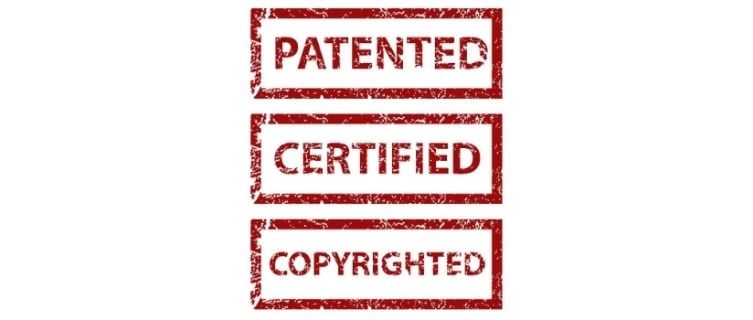Setting up your IP or legal translation for success
The world is smaller than ever. If your company operates abroad, there is a high likelihood that you will eventually need your patent, intellectual property, or legal documents translated.
According to the World Intellectual Property Organization (WIPO), patents filed internationally are expected to increase in the near future. More specifically, China is expected to see the greatest influx in international patent filings.
Translations of IP and legal documents are unique. The way you manage the translations of these documents is vital to your company’s overall success. To help you start your translation project in the right way, here are a few tips on how to make your legal or IP translation a success.
Find the right language service provider.
This is much easier said than done. Finding the right translator for a legal or IP translation is tricky. You need someone that understands the source language and speaks the translation language at a mother tongue level. Beyond that, you also need someone who understands legal translations.
For a legal or IP translation to be accepted, every sentence and word must maintain the same exact meaning as the original document. This means that the translator must understand nuances and meanings with unfailing accuracy. There is no room for error in a legal translation.
When searching for the right language service provider for the job, ask about past legal or IP translation work. If a provider doesn’t have experience in this complex field, your translation project could cost you more than you expect.
Make yourself available to the translator.
IP and legal projects require “literal” translations. This means that the translator cannot modify any of the meanings or embellish any portion of the document. It also means that translators must maintain the same sentence structure, locations, and key phrases.
No matter how qualified your translator is for the project, she might still have questions about certain portions of the source document. It is important that she is able to ask for clarification when needed so that there is no risk of an incorrect translation. With easy access to you, or a knowledgeable member of your team, your project is more likely to succeed.
Work with a reputable language service provider.
Legal and IP translators are in high demand. These translators often work on a freelance basis with larger companies. With this in mind, you may wonder why you shouldn’t just hire a freelancer for your legal translation. After all, wouldn’t that be cheaper?
Probably not. Language service provider companies, such as BURG Translations, go to great lengths to vet each legal translator. Anyone can say that they’re a translator, but then not deliver the results your company needs. Quality control is very difficult with legal translations. By using a language service provider, you can have confidence that the person handling your project has been screened, tested, vetted, and approved by a company that knows what to look for.
Give your translator enough time to perform quality work.
If your IP workflow process is like so many others, it’s likely that your translation project and needs are put off until the last minute. Suddenly, you’re ready to file the paperwork and realize that you need a translation of the patent as soon as possible.
Although many companies face this situation on a regular basis, waiting until the last minute can put a damper on the success of your project.
Don’t ignore your translation needs or put them off until the last minute. Give your translator the time it takes to get the job done right. To the extent that it is possible, give your IP translation work to the translator as soon as it is ready. This way, your entire project can move forward faster and you won’t have to wait on your translator to finish.
Open communication and smart planning are the keys to any legal or IP translation success.
Image: PhotoSpin



